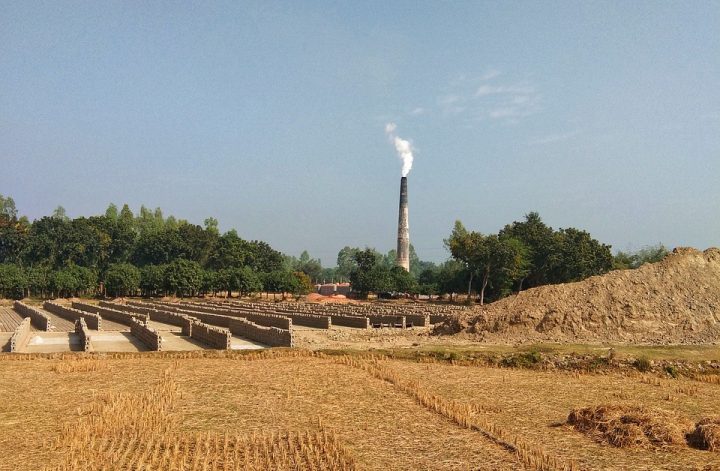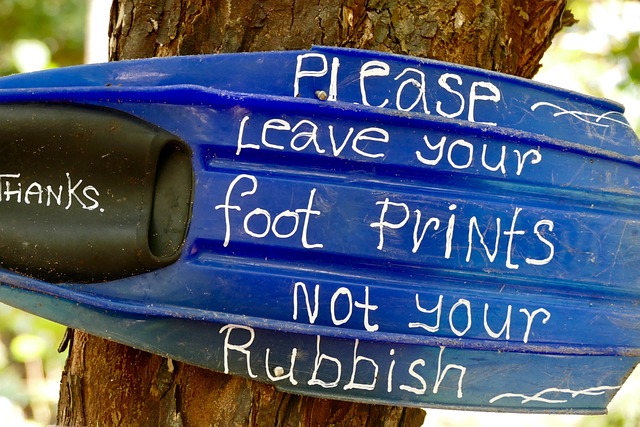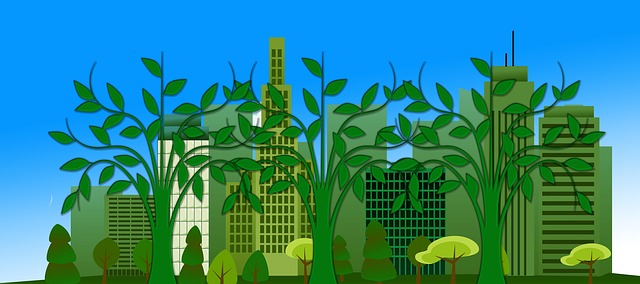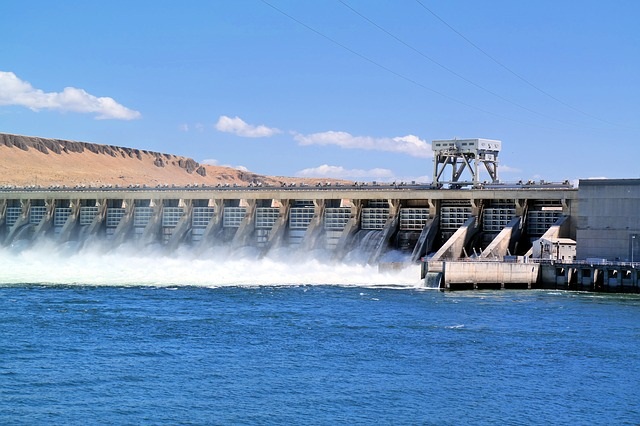What is meant by Bonded Labor?
Bonded Labor, also known as Debt bondage is a modern day type of slavery in which individuals that have taken a debt or loan from another person- usually a landlord or someone at a position of authority are working under that said landlord to repay their debts or money owed.
How is Bonded Labor tied to the Brick Kiln industry?
As the cases are seen in Pakistan, usually in the rural areas where people steeped in poverty are forced to pay back their landlords by working in brick kilns for astonishingly long hours. Over 500 brick kilns in Pakistan were unregistered as of 2019 and almost all the laborers were under bondage. Even after the government crackdown, still many brick kilns came back to operation and almost all workers are still under bondage.
Even more alarming is the fact that sometimes in order to pay off the debt quicker, entire families including their underage and still developing children and elderly are also working. This makes them more vulnerable to a large number of health effects and
What are the health effects of Brick Kiln labor on the workers?
Some of the health effects of bonded labor on the workers at brick kilns are very severe and few of the most common but often overlooked ones are mentioned below:
- Respiratory Illnesses: symptoms of chronic cough, inflamed lungs due to inhaling the smoke from the kilns were reported by at least 22% of the people. There is a higher incidence of lung cancer, chronic bronchitis, asthma, emphysema, constant wheezing, and painful breathing are the names of some respiratory diseases which are caused by the air pollutants release from the brick kilns to those that are exposed first hand to it.
- Mesothelioma: Bricks contain asbestos which is used in brick layering to strengthen them and make them fireproof in the manufacturing process. However this asbestos can lead to asbestosis and a deadly lung disease called mesothelioma. As asbsestos is cheap, easy to use and aquire, many workers exposed to it in brick kilns are at a high risk of inhaling it and also since it is airborne, it tends to cross contaminate when the workers go back home and contaminate the asbestos particles all over their homes and possessions.
This leads to a build up of asbestos that can lead to a life long chronic disease called asbestosis if they were lucky enough not to succumb to mesothelioma before that. Again, women and children are more vulnerable to it as they have often weakened or still developing immune system. - Silicosis: 50-60 % of silica is use in each brick during the manufacturing process. It prevents cracking and shrinking of raw bricks and also imparts it with a uniform shape. However, exposure to silica causes another disease called Silicosis which results in scarring of the connective tissue in the lungs which if becomes permanent or more severe can cause pulmonary fibrosis and even COPD (Chronic Obstructive Pulmonary Disease).
Effects of Brick Kiln Industry on the Environment:
Some effects include:
- Aside from causing numerous health effects in humans, the pollution also is detriment to the health of nearby flora and fauna. It leads to toxic gases being inhaled by the animals and leading to many reproductive issues which is why many animals and birds avoid living/nesting near brick kilns.
- Damage to ecosystems, habitats and natural scenery of the surroundings.
- Soil damage where brick kilns are erected. Loss of fertility, increased accumulation of heavy metals like lead and minerals- asbestos, silica, etc. were high near the brick kilns. The distance between brick kilns and quality of the soil is often directly proportional to each other. Which means that the soil was healthier and better the farther away it was from the brick kilns.
- Air pollution- brick kiln emissions and heavy dark smoke can be spotted from a distance and in the villages where they are erected, especially across Punjab, the villagers live nearby and sometimes the brick kilns are erected not even a kilometer from the village where residents inhabit. This leads to polluted air and a low air quality that can further hamper the health of the locals and the vulnerable group.
- Heavy metal pollution: Heavy metal and thermal pollution due to high temperatures of brick kilns and use of many minerals and heavy metals also contribute to the many myriad negative environmental effects of brick kilns.
Check out: Environmental Impact of Heavy Metal Pollution in Pakistan
To conclude, overall this brick kiln industry generally proves to be a major cause of smog during winter season, and general air quality. In developing countries like Pakistan, the societal pressure or financial needs often compels poor people to take large loans that they can hardly pay back, exploiting this, many landlords or brick kiln owners ask them to work for them laboriously with no check and balance of working hours or proper safety and health equipment. This is an issue that still needs to be taken up by the government and local authorities are required to take strict actions against this exploitative practice that the entire brick kiln industry is based on.
Also check out: Hazardous Air Quality of Lahore- Causes, Effects, Solutions
Related: Clean and Healthy Environment: Protecting the Right to Life and Reducing Violent Crimes
We hope you liked this post! Please comment below if you have any suggestions, comments or feedbacks! We at #envpk love hearing from readers! Thanks!




